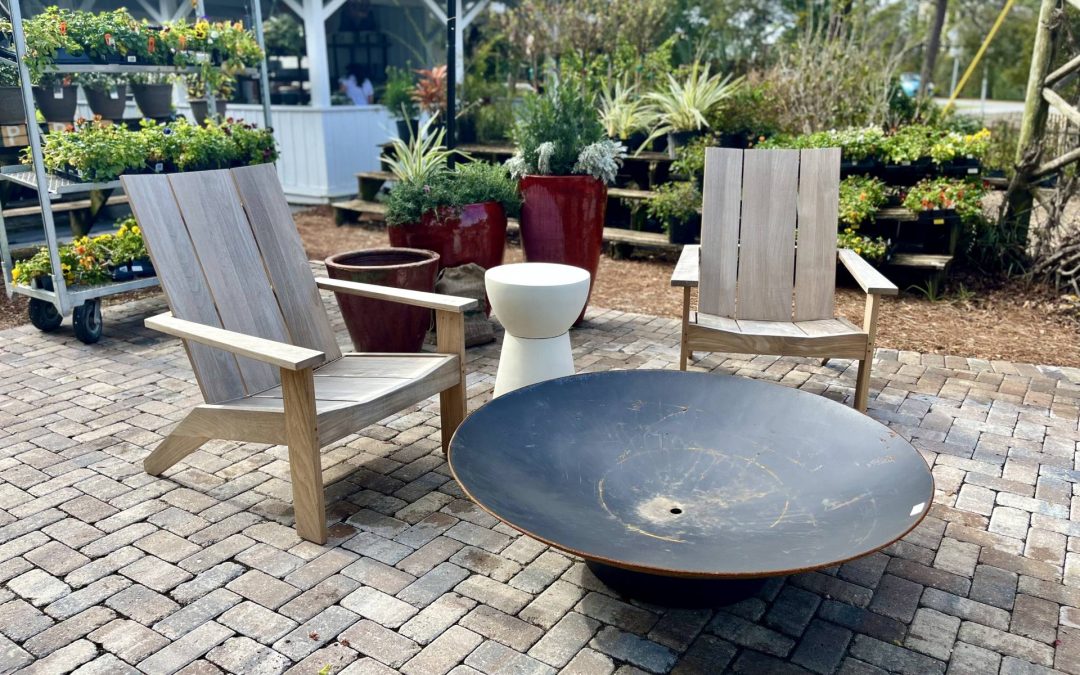
Keep Warm by the Fire Pit
Keep Warm by the Fire Pit

Keep Warm by the Fire Pit


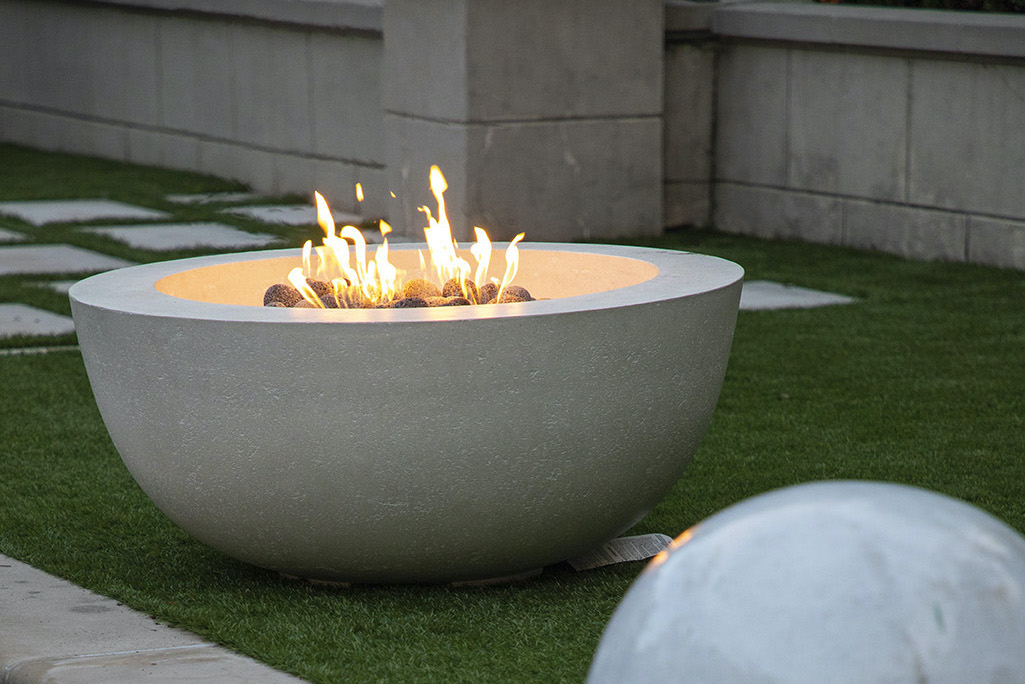
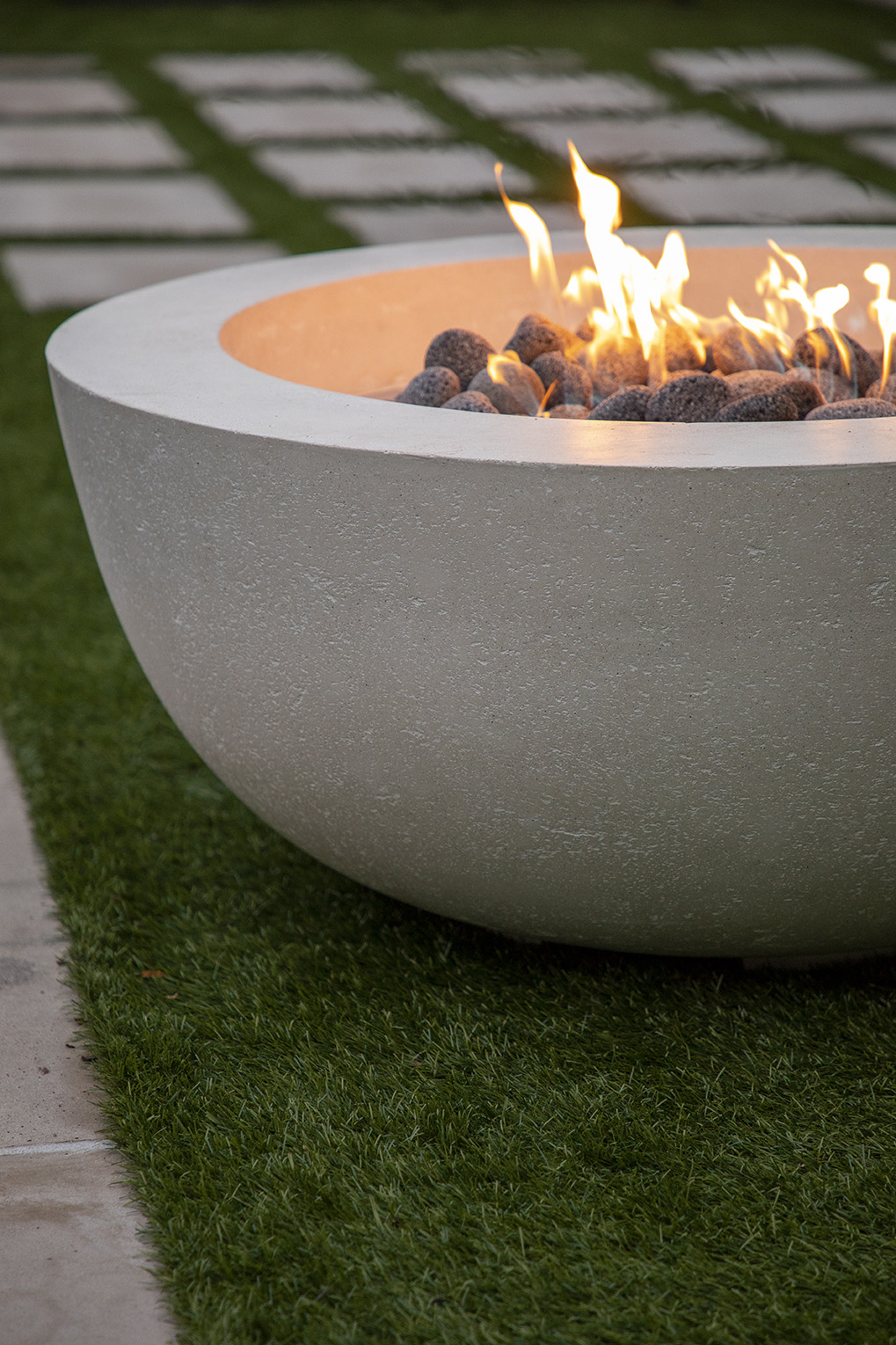
Contact Us
address
4808 East Scenic Hwy 30A
Seagrove Beach, FL. 32459 (google map)
phone: 850.231.2150
hours: 9-5 Monday thru Saturday | Sun. 12-5






address
4808 East Scenic Hwy 30A
Seagrove Beach, FL. 32459 (google map)
phone: 850.231.2150
hours: 9-5 Monday thru Saturday | Sun. 12-5
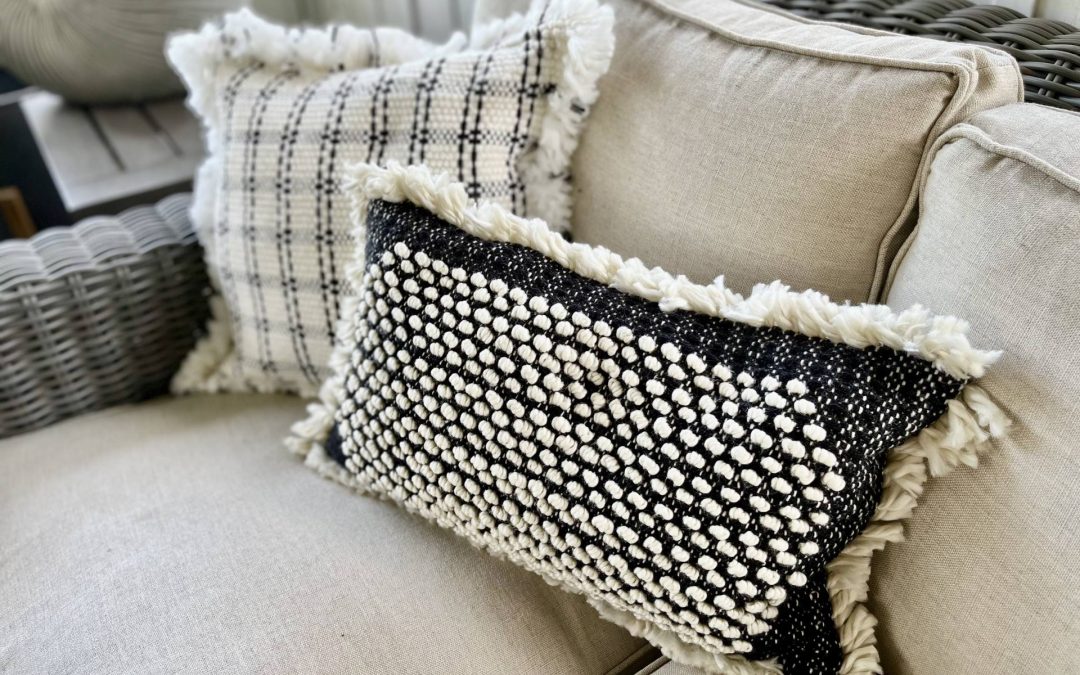
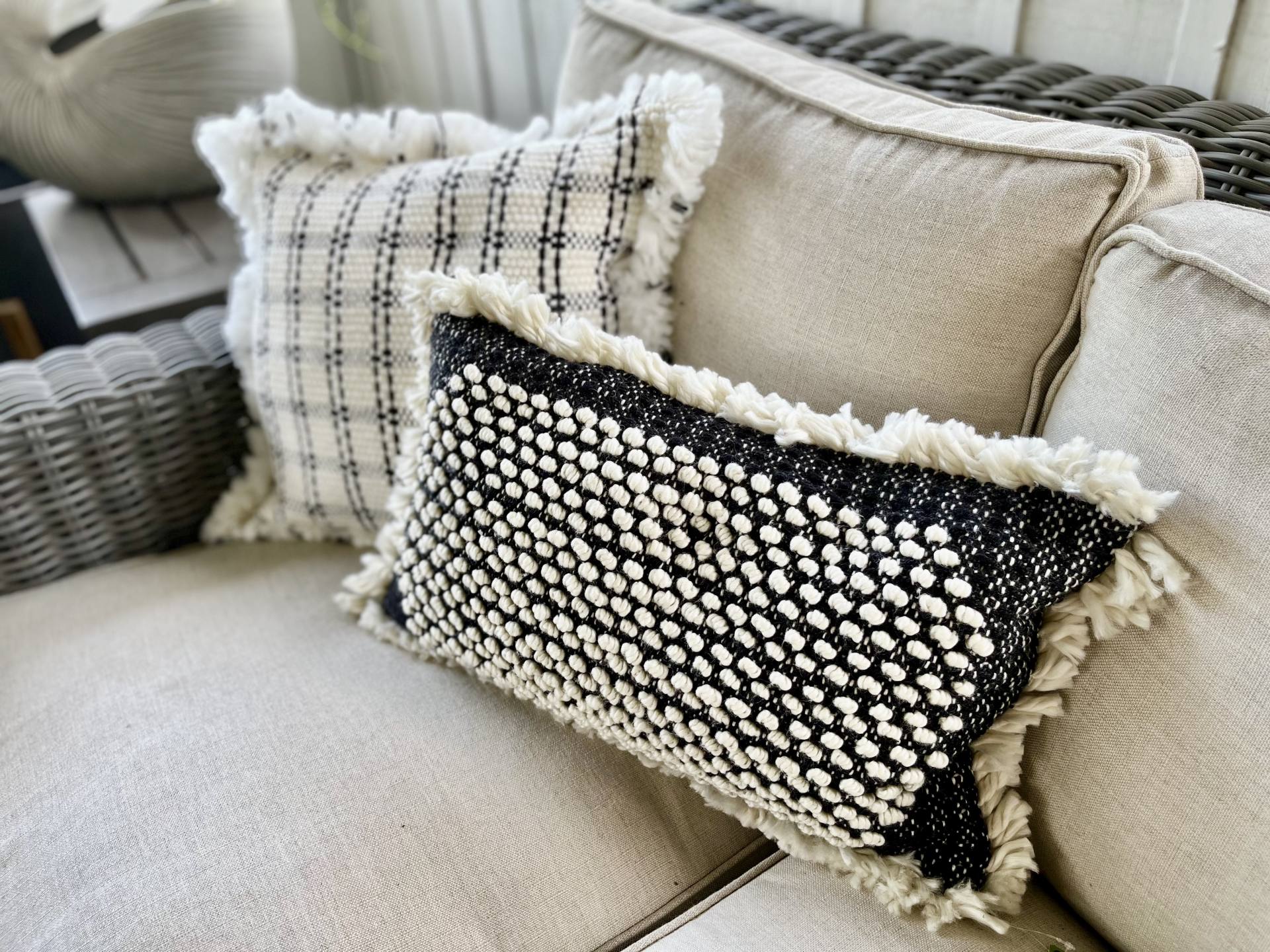
address
4808 East Scenic Hwy 30A
Seagrove Beach, FL. 32459 (google map)
phone: 850.231.2150
hours: 9-5 Monday thru Saturday | Sun. 12-5


Will you join us? View Event Flyer
address
4808 East Scenic Hwy 30A
Seagrove Beach, FL. 32459 (google map)
phone: 850.231.2150
hours: 9-5 Monday thru Saturday | Sun. 12-5
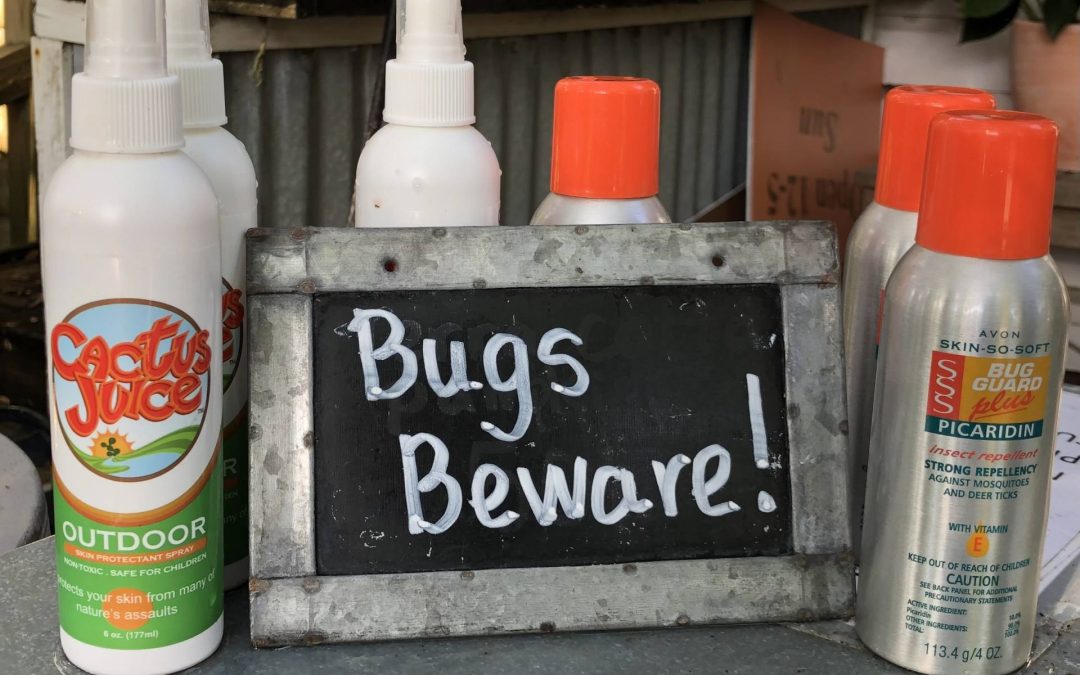
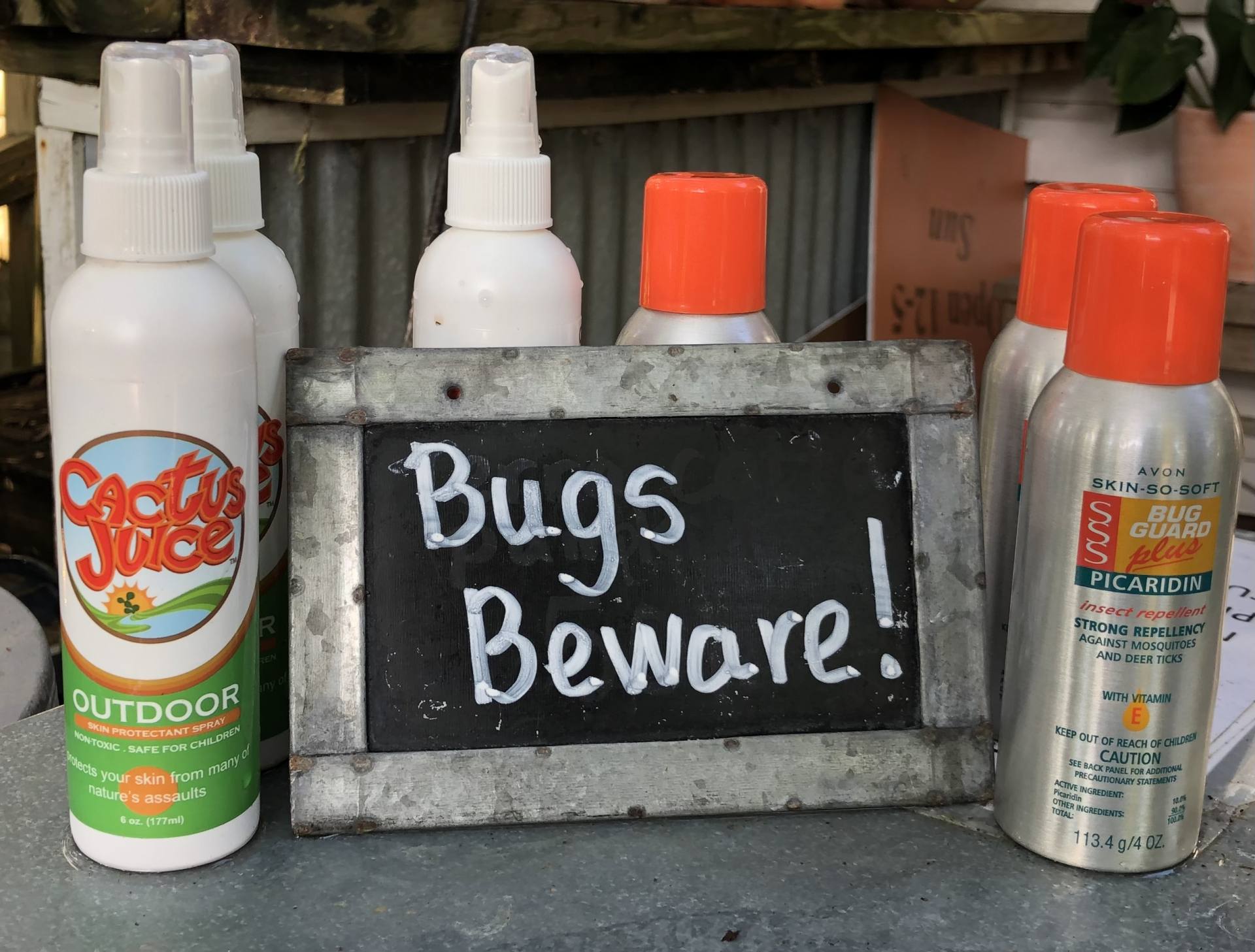
We have products to create this season’s pleasant outdoor experience!
We are proud to carry: citronella candles, citronella incense, bug spray and a bug ball fly trap.
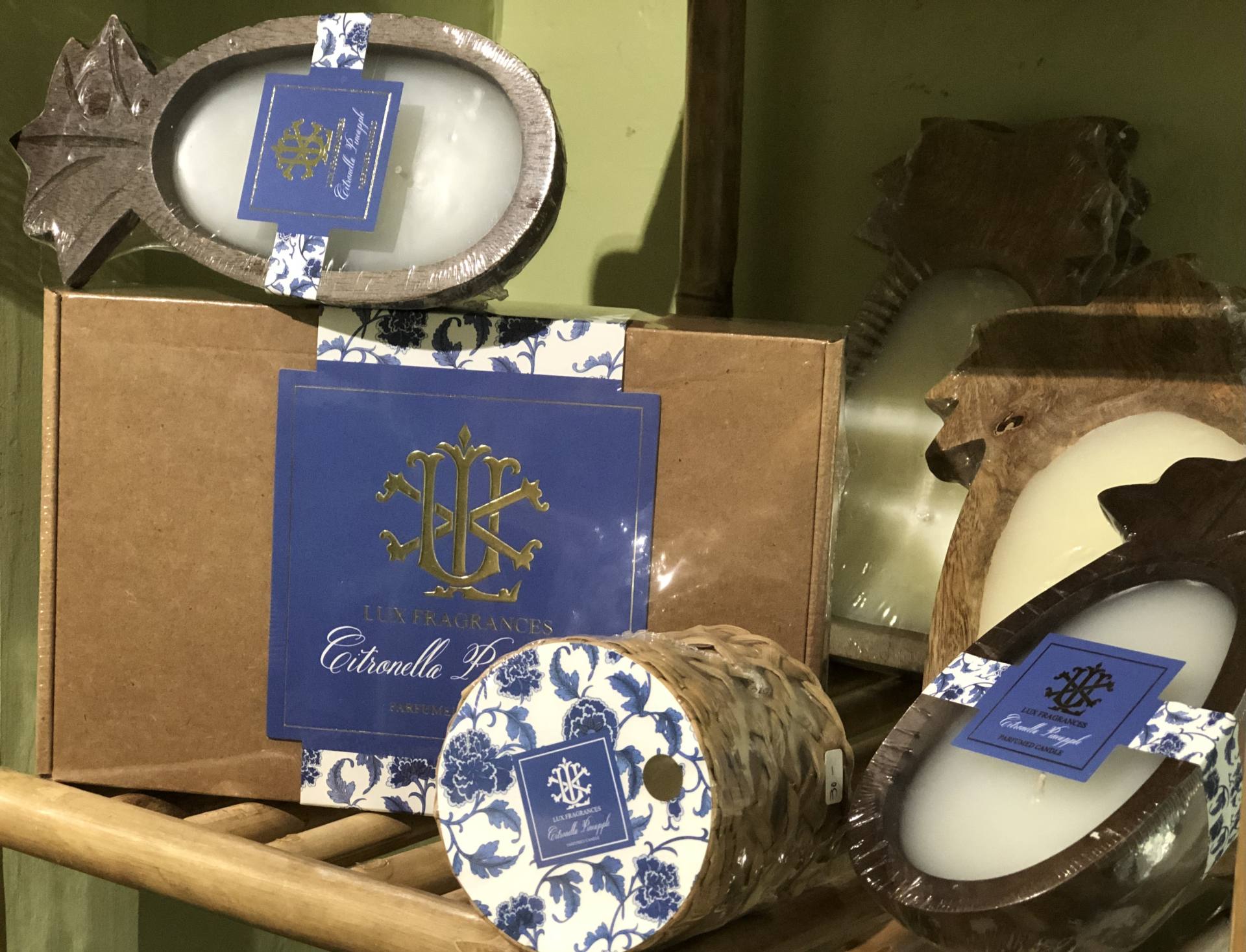
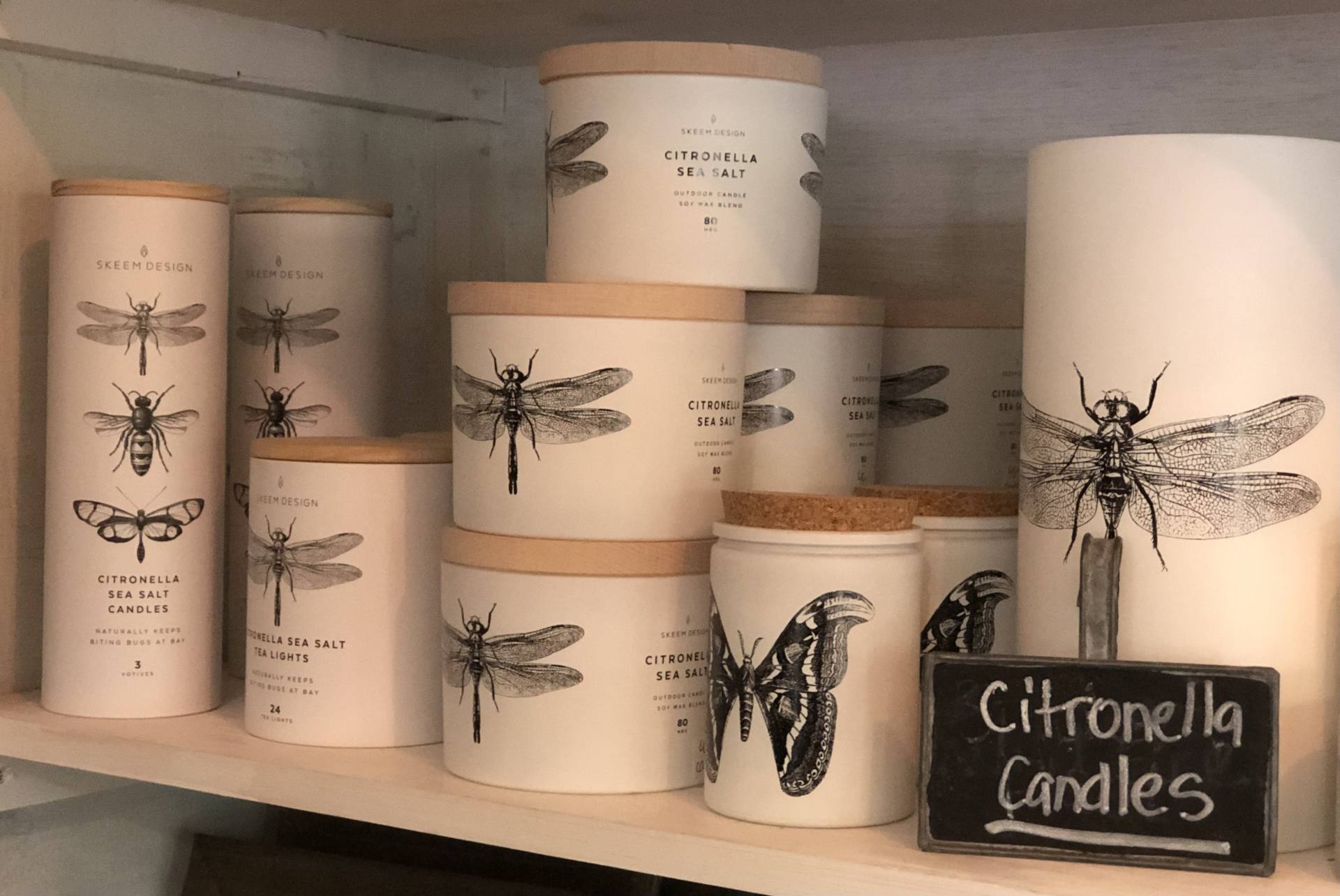
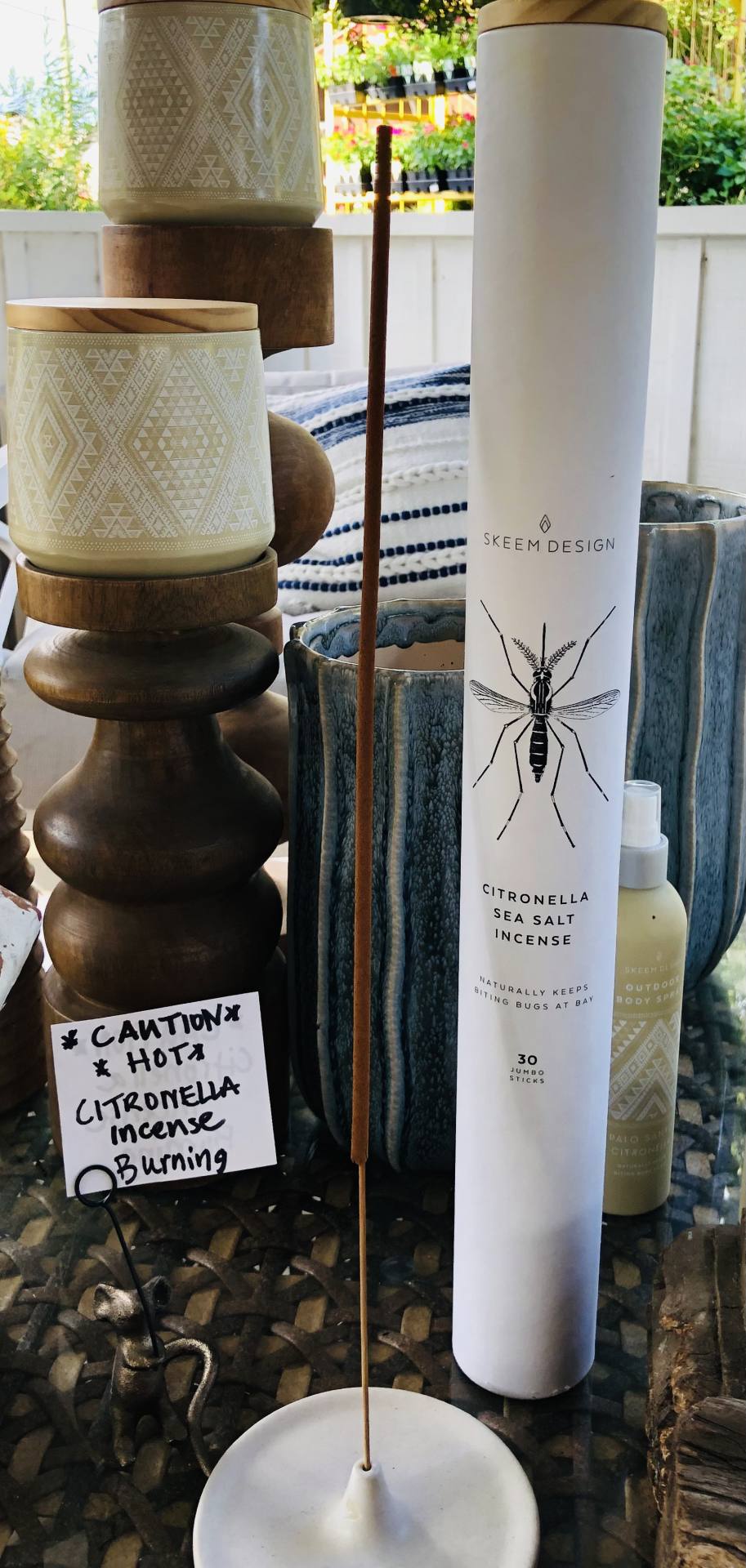

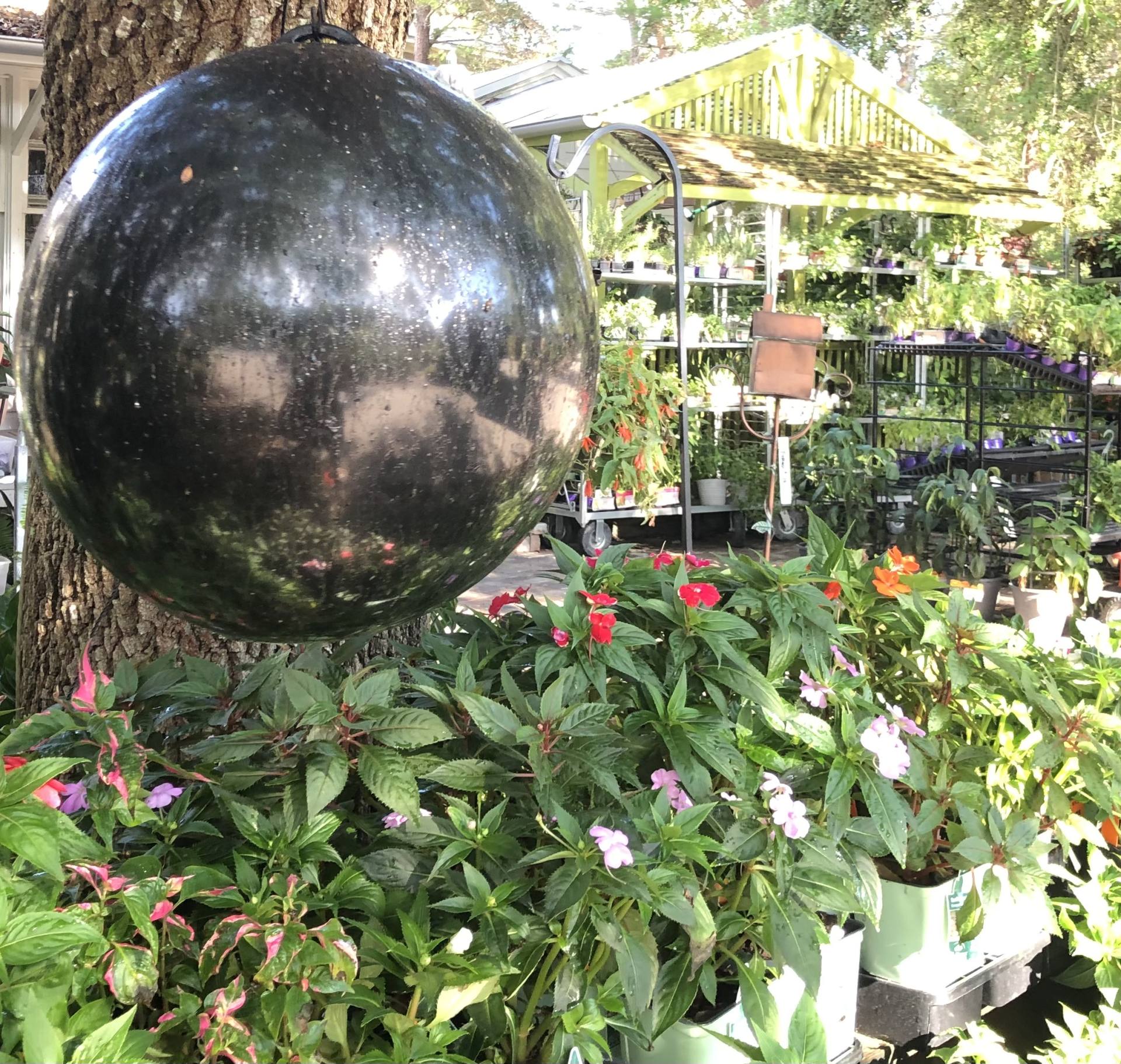
address
4808 East Scenic Hwy 30A
Seagrove Beach, FL. 32459 (google map)
phone: 850.231.2150
hours: 9-5 Monday thru Saturday | Sun. 12-5
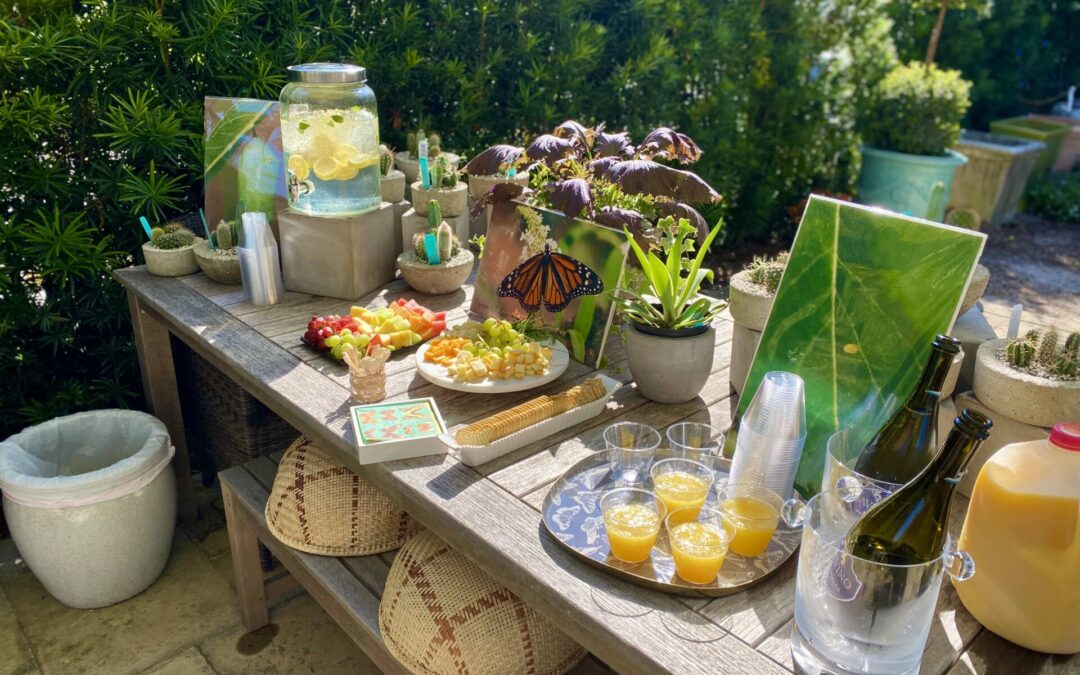
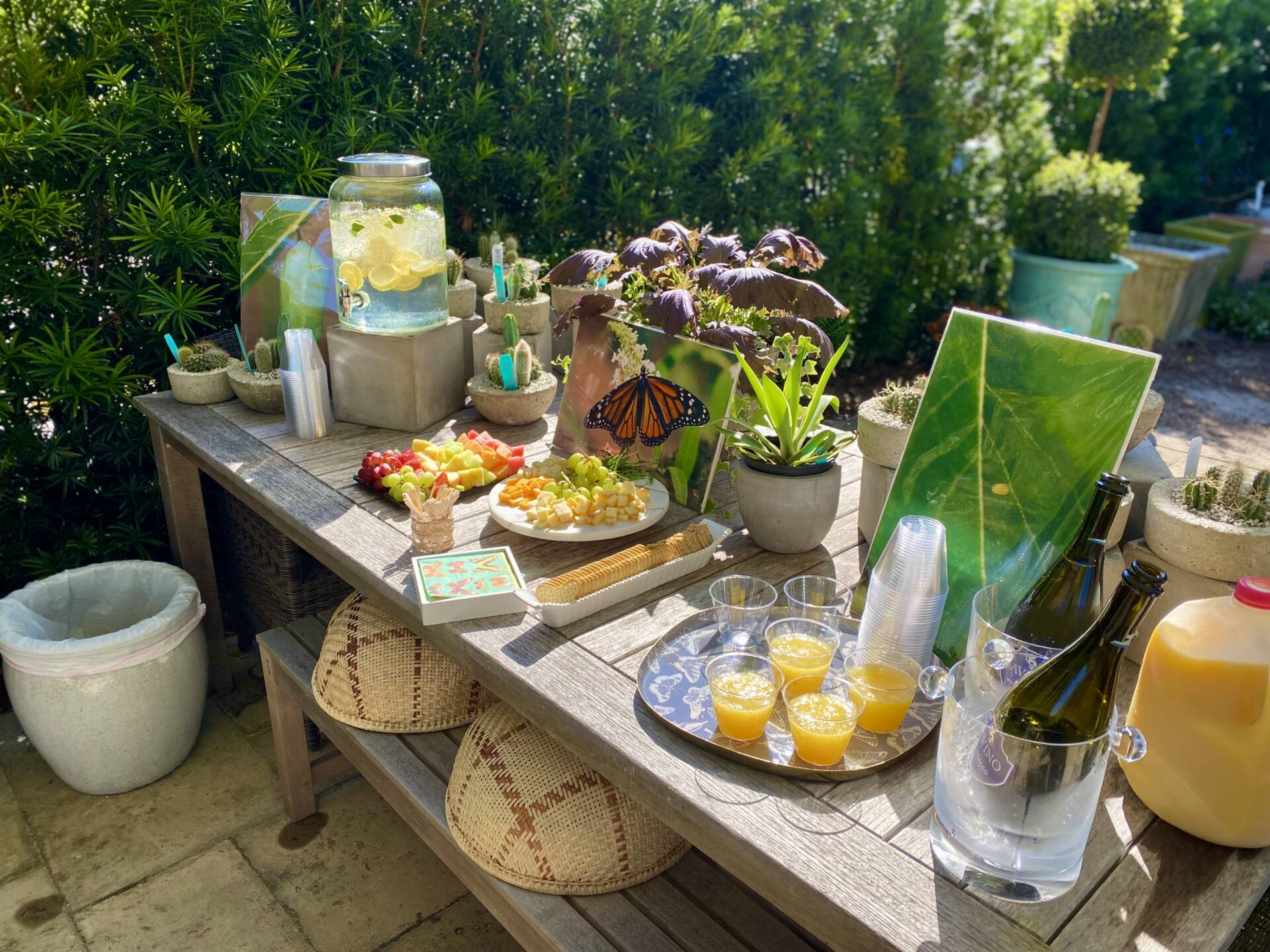
Presentation given October 22 and 23, at Clay Garden
I want to talk to you about the butterfly life cycles, which we all know as metamorphosis. All insects go through metamorphosis, but butterflies go through complete metamorphosis. Complete metamorphosis is four different life cycles or stages. Butterflies would rather mate than eat. So first the male and female mate, then the female gets busy laying eggs. She will smell the plants with her antennas and taste the plants with her feet, so that she can find the perfect food for her babies/caterpillars. Butterflies have a very specific plant that their caterpillars will eat. These are known as host plants and are just as important as nectar (flowers) plants in a butterfly garden. The female butterfly can lay up to a thousand eggs but sadly only about one percent will make it to adulthood. While laying eggs some butterflies will lay one egg at a time, some lay in clusters while others will stack eggs on top of each other. The eggs come in many different colors, shapes and sizes depending on the butterfly that is laying the egg. The egg life cycle again depending on the butterfly will last for three to five days. When the egg is about to hatch it will turn dark, and soon out comes the caterpillar.
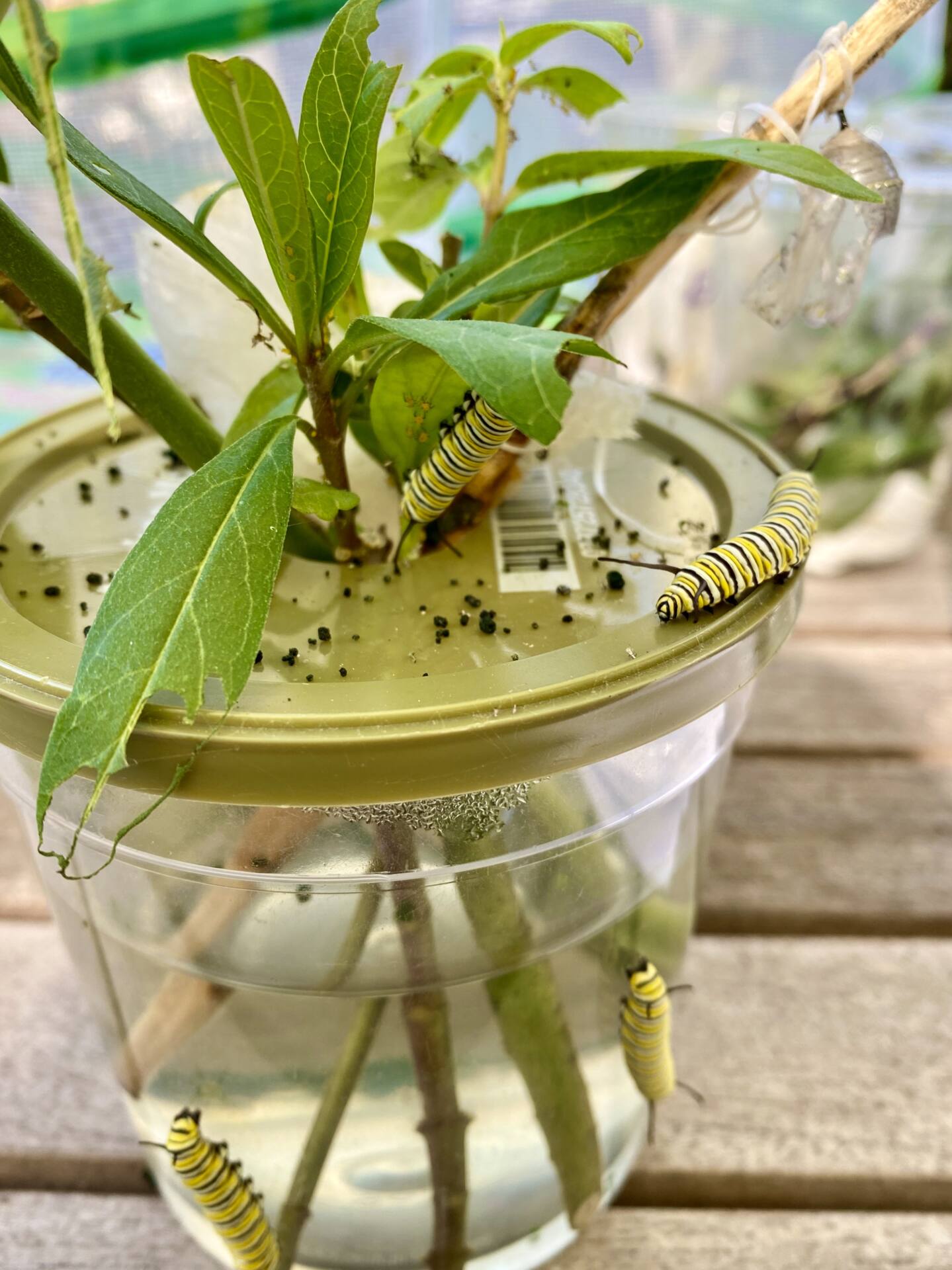
Often the caterpillar’s first meal will be his egg shell. Then he is on to the leaves. As they grow they shed their skin many times and sometimes will eat their shed skin. Caterpillars are easy prey so they use different ways to deter predators. Like some resemble bird poop, or have false eyes to look like a snake and some have spikey hairs that looks like they might sting. Although, butterflies do not sting, bite or harm us in any way. Swallowtail caterpillars have something very special and unique to them. They have an osmeterium; it’s a fork like tongue that emits a foul odor to deter predators. Caterpillars will grow two thousand times in size in this stage and this is the only stage that the butterfly grows. The caterpillar stage is typically 10 to 14 days. When ready he will travel away from host plant and find a place to make a silk button and hand in a J shape to get ready to make the chrysalis or pupa. The caterpillar will shed his skin one last time. When they do it will reveal the chrysalis.
In this stage the caterpillar will liquefy and reform as the butterfly. They are vulnerable as well, so they use camouflage to hide. The giant swallowtail’s pupa looks like a stick or part of a branch. While the monarch’s pupa is green and can blend in with the plants. Red admirals will shake violently when disturbed. The chrysalis or pupa life cycle is 10 to 14 days. When the butterfly gets ready to emerge the pupa will turn dark and you can see the colors of the butterfly wings. When the butterfly does emerge they are not ready to fly. They must uncurl their wrinkled wings and pump fluid from their body in to the wings. Their wings are still wet and it takes about an hour or more to dry out, and then they are ready to fly.
Once they have made it to the final life cycle, which is referred to as adult butterfly. They are ready to start the process all over again and find a mate to mate. Adult butterflies drink nectar from flowers, but they also drink from tree sap, rotting fruit, and salt and minerals from the earth. This drinking from the earth is called puddling and it helps in reproduction. Most adult butterflies live one to two weeks, but the zebra longwing (the state butterfly of Florida) can live up to 6 months. Because they eat pollen from flowers this allows them to live longer. Monarchs are another butterfly that can live a longer life. The last brood of the summer will travel to the mountains in Mexico and will overwinter there. Then when spring comes along they will make their way back to North America.
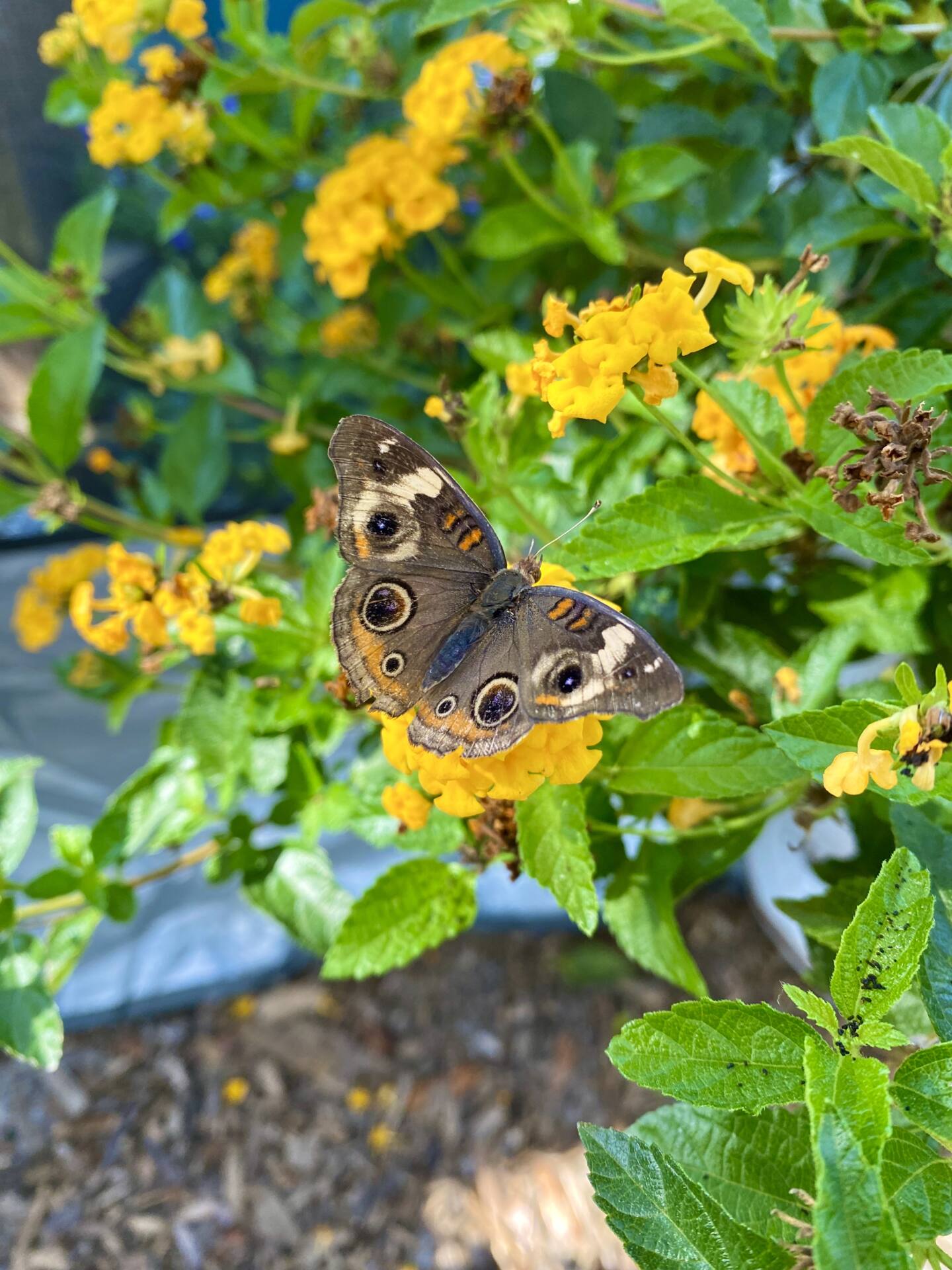
address
4808 East Scenic Hwy 30A
Seagrove Beach, FL. 32459 (google map)
phone: 850.231.2150
hours: 9-5 Monday thru Saturday | Sun. 12-5